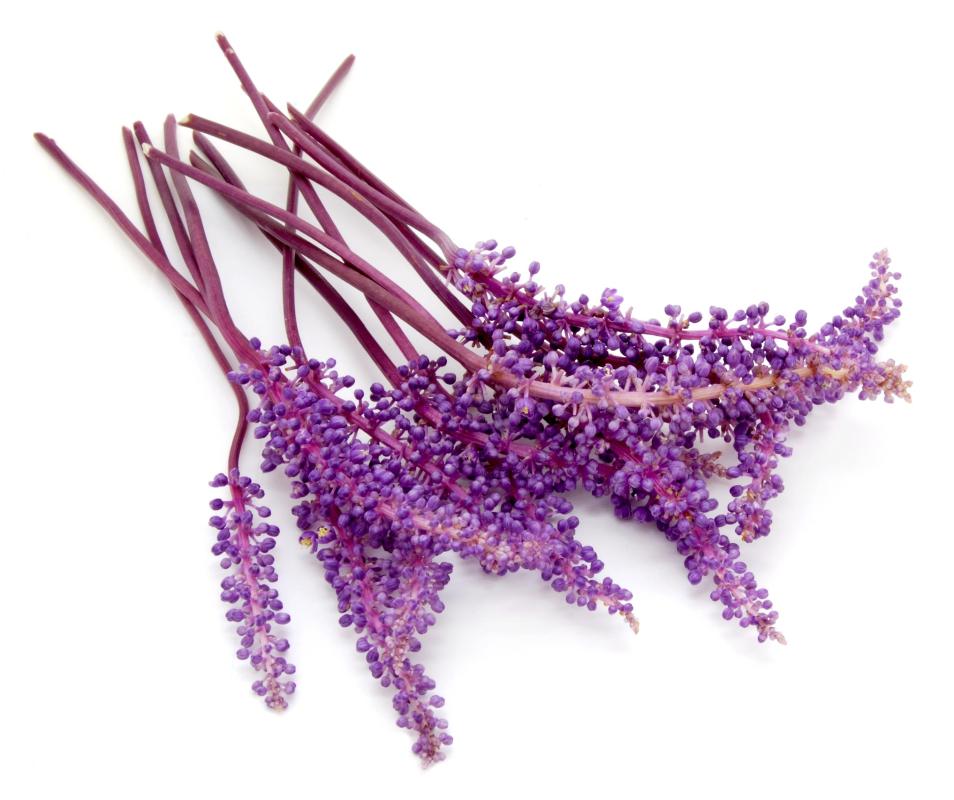At HomeQuestionsAnswered, we're committed to delivering accurate, trustworthy information. Our expert-authored content is rigorously fact-checked and sourced from credible authorities. Discover how we uphold the highest standards in providing you with reliable knowledge.
What are the Best Flowers for Drying?
Drying flowers is an excellent way to bring the scent and feel of summer into the house in the winter, and can also be used to create decorative arrangements around the home. In addition, most of the flowers which dry well are beautiful, and can enhance the garden before you collect them for drying. As a general rule, when drying flowers, pick out the best specimens on the individual plant, as drying has a tendency to highlight flaws in the flowers. Handle your chosen flowers carefully, and try to have a space set aside in the house for drying flowers so that they will not be jostled or damaged.
Many of the plants which produce blooms suitable for drying are hardy across a wide variety of zones. If you live in USDA zones three through nine, you can plant goldenrod, yarrow, baby's breath, globe thistle, and statice, and plan on drying flowers from these plants in the spring through late summer. Goldenrod is a medicinal plant that also produces small, delicate golden blooms on long stems which can fill out a dried flower arrangement. Yarrow produces lacy flowers in a range of colors including red, pink, and white. Baby's breath produces small, delicate white flowers which form lacy sprays on tall stems; another excellent plant for filling out arrangements, while globe thistle forms purple thistle heads that can look quite striking. Statice produces tight clusters of bell like flowers in a range of colors including purple, red, white, and pink. You can also plant Sweet Annie, a plant which produces lacy green foliage which some gardeners compare to feathers; it is hardy through zone 11.

Less cold tolerant plants which thrive in zones four through ten include bergenia, which produces small pink bell like flowers, along with lavender, which smells delicious in addition to looking beautiful. Another striking plant is love in a mist, which has tissue like purple blooms and spectacular seed pods, both of which can be dried. You can also plant larkspur and delphinium, both of which produce tall rods of multicolored flowers ranging from white to purple. When drying flowers from this category, be careful, as many of them are very moist, and need to be dried thoroughly so that they do not mold.

If you live in a warmer location, cockscomb, Victoria blue salvia, and globe amaranth all thrive in zone seven through 10. Cockscomb takes it name from its appearance, which does indeed resemble the deep red to purple comb of a rooster. Victoria blue salvia makes tall stems of delicate purple blooms, while globe amaranth produces clover like flowers in a wide range of colors. These plants also hold color well when dried, making them excellent choices for bright and colorful arrangements.

All of the above flowers handle drying well, whether they are air dried or dried in a desiccant. Additional blooms can be pressed, a more forgiving technique for drying flowers. Remember to save seeds when drying flowers so that you can plant them again next year, and keep your arrangements in a dry place so that they do not mold or rot. In addition, you should keep dried flowers out of direct sunlight: all the energy spent drying flowers will be wasted if they fade and lose scent.
AS FEATURED ON:
AS FEATURED ON:















Discussion Comments
I have often planted flowers just because I want to use them in dried flower arrangements. One that I find myself using often in dried flower swags is Astilbe.
I like to use the colorful plumes with other flowers to create a dramatic effect. If you want the plums to arch in your arrangement, you need to dry them upright. I have tried drying them in the microwave, but they have turned brown on me, so I usually just go with air drying.
If you want to use them in the fall, wait until they have turned brown before picking and they will look great in autumn arrangements.
I have always been interested in learning how to dry flowers and picked up a book at a garage sale many years ago. Since then I have dried many different flowers, but one of my favorites has to be the Hydrangea.
I just love the big, colorful blooms they produce and enjoy having them in arrangements all year long. I made a large wreath with just hydrangea flowers and it is really beautiful. I try to pick the blooms at different times so I get different hues from the same plant. This way I get shades from light to dark and it makes a good contrast. I have had good results by drying them in bunches and hanging upside down.
A flower that many people don't think about using in a dried flower bouquet is peonies. This will grow in most zones and has big, beautiful blooms that come in shades of red, pink, white and sometimes yellow.
You can use the blooms to make wonderful dried flower arrangements. Their foliage is often used as a filler in arrangements too. Another way to use peonies is with the closed buds which work well in combination with other flowers in a wreath or bouquet.
Post your comments